LED in cannabis grow

For a long time, powerful sodium vapour lamps were the only and most effective option for indoor growing to generate sufficient light intensity, especially during the flowering phase of the cannabis plant. In the course of technical developments, the LED (Light Emitting Diode) increasingly appeared. Initially, LED plant lights were still insufficiently powerful and were therefore not very convincing. Accordingly, the results were suboptimal in the early days. In the meantime, however, powerful and high-quality LED plant lights are available, which have some considerable advantages compared to other plant lights. Among other things, modern and high-quality LEDs available on the market today (e.g. Orion LED) have special lenses built in that bundle and thus intensify the light output.
LEDs are called light-efficient, which means that they produce visible light very efficiently in terms of power consumption. Sodium vapour lamps or MH lamps produce large light intensities and a largely optimal light spectrum for marijuana plants, but also a lot of heat. The NDLs also have very high power consumption and require more ventilation to adequately remove the warm air they produce and avoid heat build-up. This is different with LED plant lamps. They generate very little heat and therefore it is possible to use a weaker fan or to dim the fan and bring the lamp closer to the plant tips.

The quality of the plant LED should always be in the foreground if you intend to grow good grass with it. Here, as in many other areas, if you want a lot, you have to invest more money and plan accordingly. High-quality LEDs with the right power and a light spectrum adapted to plants have their price and are much more expensive than conventional LEDs, such as those used in the home. So the decorative lamp from the DIY store is nothing ;). Whenever I talk about LEDs in the following, I always mean the high-power LEDs, which are really suitable for growing cannabis plants and unfortunately are not available for an apple and an egg. Fact is: an inferior "cheap LED" will in any case deliver worse results than a comparable NDL.
How do LEDs work?
LED grow lamps produce light by passing current through a semiconductor material. The movement of electrons within the semiconductor is released into energy in the form of protons, i.e. light. At the beginning of their creation (first patented in Texas in 1961), LEDs were only seen as a small red light in the corner of the TV set. But progress has taken its course and now LEDs exist in the entire light spectrum from ultraviolet to infrared waves.

- Plant LEDs have a lower power consumption, consuming on average only 60% of that of a comparable sodium vapour lamp.
- LEDs have a much longer life than NDLs. High-quality plant LEDs have a service life of 50,000 to 60,000 hours, whereas sodium vapour lamps start to lose their light output and effectiveness after 2000 to 3000 hours. LEDs do not have a filament.
- LEDs are more shock-resistant and less sensitive than sodium vapour lamps.
- They are more compact and do not require an external ballast like the sodium vapour lamps.
- LEDs generate less heat than sodium vapour lamps. While NDLs get really hot, you can just touch the LEDs and they hardly get warm. Accordingly, you can use a weaker fan and thus save electricity costs.
- Plant LEDs initially have significantly higher initial costs compared to NDL, especially if you focus on quality and good yields. In the long run, however, LEDs are cheaper. The purchase costs of the LED are recouped after a relatively short time through the electricity costs saved.
- LEDs do not need a warm-up time like the NDLs, they start up immediately.
- They have a broader light spectrum than NDLs and thus more cannabinoids and more resin are formed.
- LEDs are very suitable for small grow boxes because they generate little heat. No heat is generated in the grow chamber that could damage the plants and the soil.
 With high-power LEDs, even medium-sized and larger cultivation areas can be exclusively illuminated. For this, good planning is necessary and a sufficient number of LED panels must be used, or a correspondingly high wattage for the LED panel. For larger areas, it is advisable to use several small or medium-sized LED panels and to distribute them evenly. In this way, a targeted and optimal illumination of all plants is achieved.
With high-power LEDs, even medium-sized and larger cultivation areas can be exclusively illuminated. For this, good planning is necessary and a sufficient number of LED panels must be used, or a correspondingly high wattage for the LED panel. For larger areas, it is advisable to use several small or medium-sized LED panels and to distribute them evenly. In this way, a targeted and optimal illumination of all plants is achieved.
LEDs are ideal for SCROG growing or a SOG, where the light from the LED can best reach the flowers. LEDs can contain either increased blue light for growth or increased red light for flowering, depending on which diodes are installed. Dual spectrum LED panels are also available, suitable for all stages of cannabis plant development.
Basically, plant LEDs can be used in all stages of plant development, also for cuttings and young plants.
LEDs do not automatically produce higher yields, but they do cause increased potency, more trichome formation and a more intense smell than NDLs, and in many cases, that the wide colour palette of many strains is first revealed in its full bandwidth. A plant under LED lighting will generally be more colourful and bright than the same strain under NDL.
LED plant lamps with 2W or 3W chips have proven to be the best in terms of yield without causing light burn.
Mixing NDL and LED
Some growers combine NDL and LED in their grow room, optimising yields and potency to the max. This is a good way to go if you want to get even more out of your plant and are into a lot of cannabinoids and terpenes. The combination of both is currently the best possible form of lighting with the best measurable results.
The growing phase with LED
Plant LEDs do not produce harmful light such as UV light or infrared light. With LEDs, a grow box can be transformed into a highly efficient system that can produce excellent yields. LEDs can of course also be used for mums or cuttings. When growing with LEDs, the plants consume up to 50% less water than under NDL.
 The flowering phase under LED lighting
The flowering phase under LED lighting
With powerful plant LEDs and the appropriate wattage, LEDs can now also be used as the sole light for flowering and deliver very convincing and fragrantly intense results here. Like many plants, the marijuana plant has a light-dependent development, photomorphogenesis. The blue spectrum stimulates vegetative growth and the yellow, amber, red and dark red spectrum stimulates pre-blooming and flowering (reproductive growth). LEDs with different wavelengths are produced by using different semiconductor materials. The wavelength and the light spectrum play a very important role in cannabis cultivation and in terms of yield. The most expensive LEDs are the white ones, which provide a broad spectrum of light similar to that of the sun, much of it visible light (PAR). High-end plant LED panels contain spectra that are specially adapted and balanced for the growroom. By using a mixture of red, blue, white, amber and dark red LEDs, the entire spectrum is covered. The wavelength is also a decisive factor here. While many inexpensive LEDs consist of low-cost diodes, high-quality LEDs also contain expensive diodes with the corresponding wavelength.







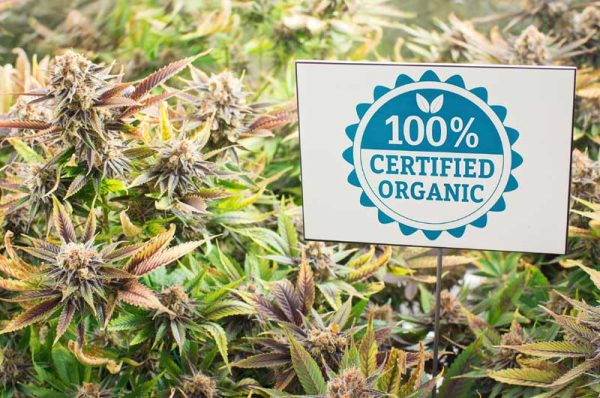
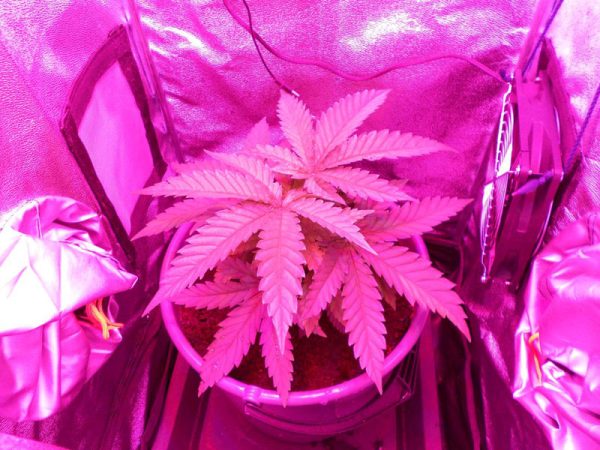
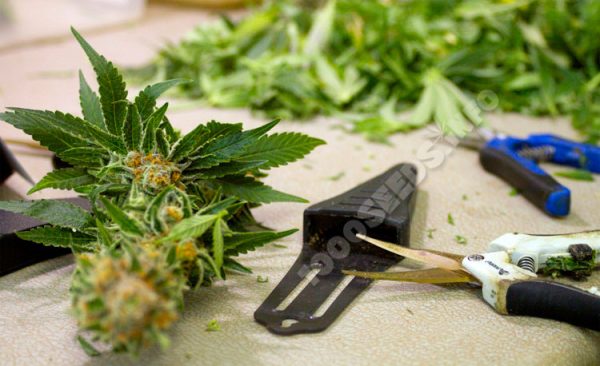
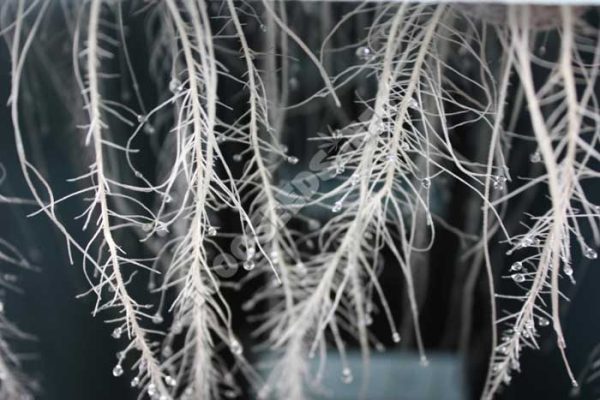
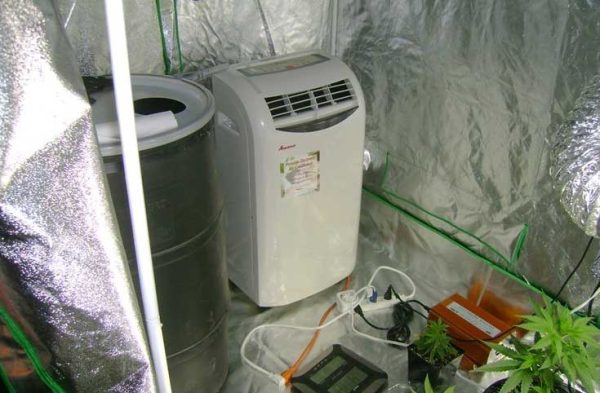

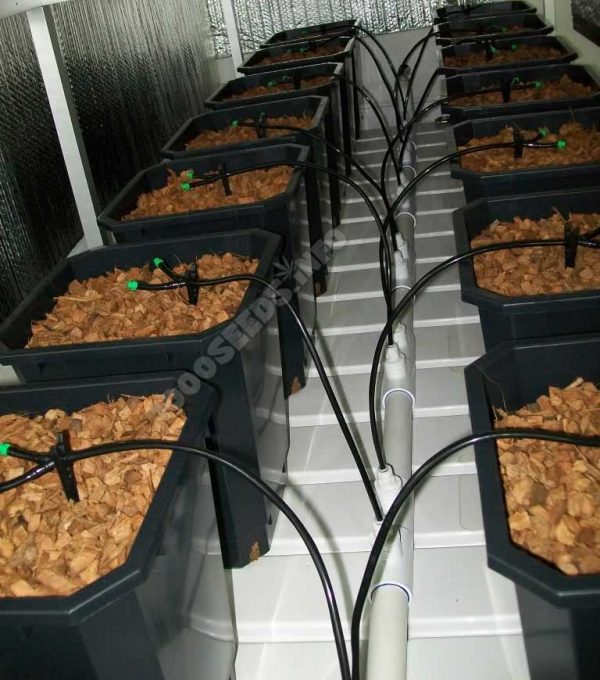
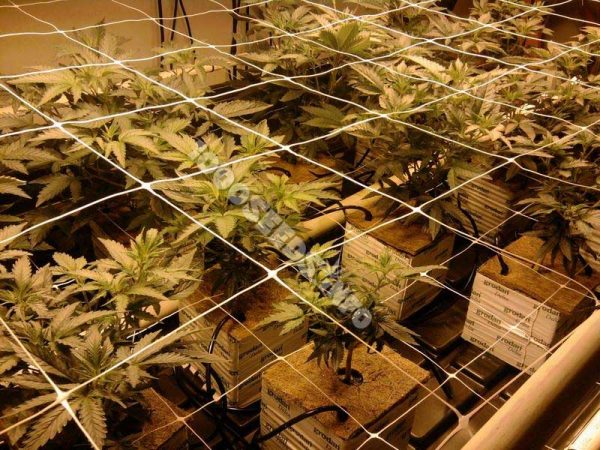
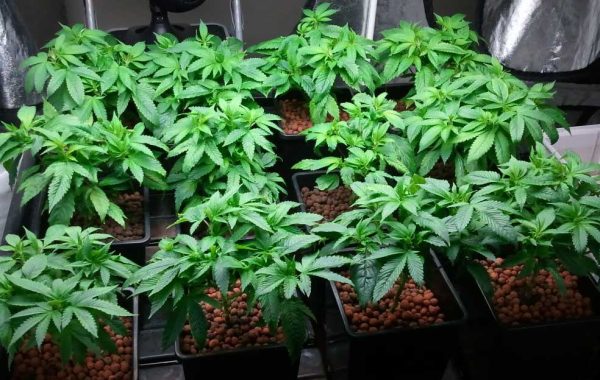
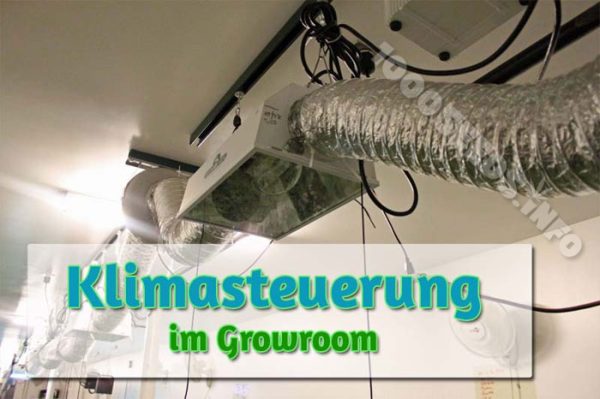
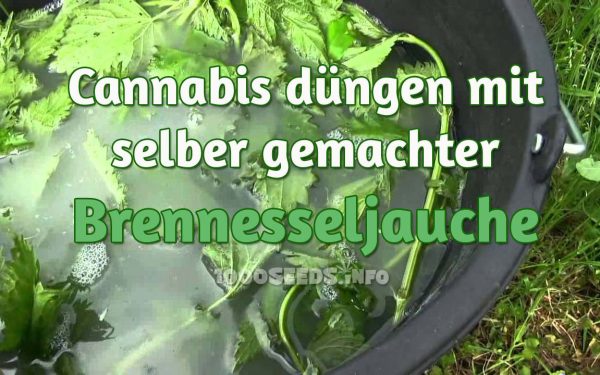
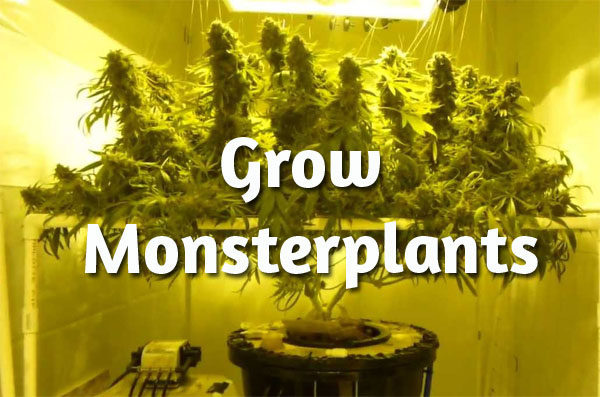
Cooooool ...
Little heat, little power, much yield.
I'm in!
LG Markuse